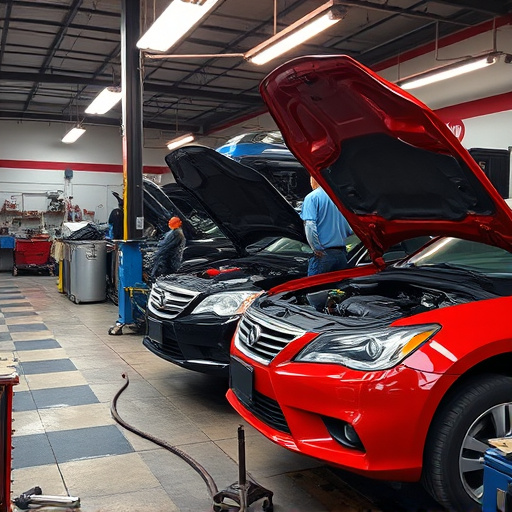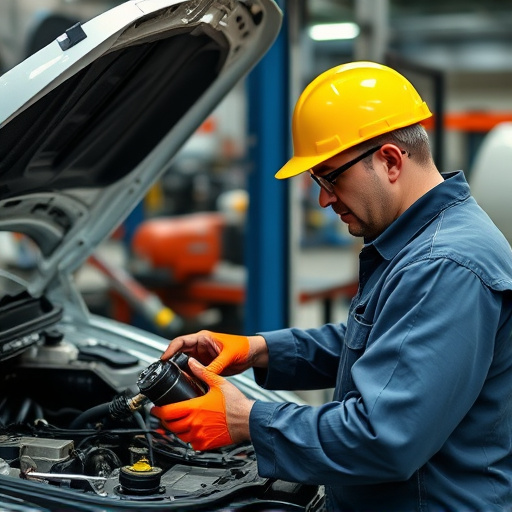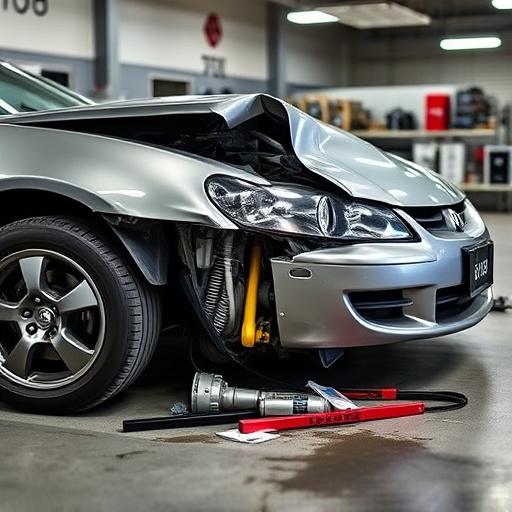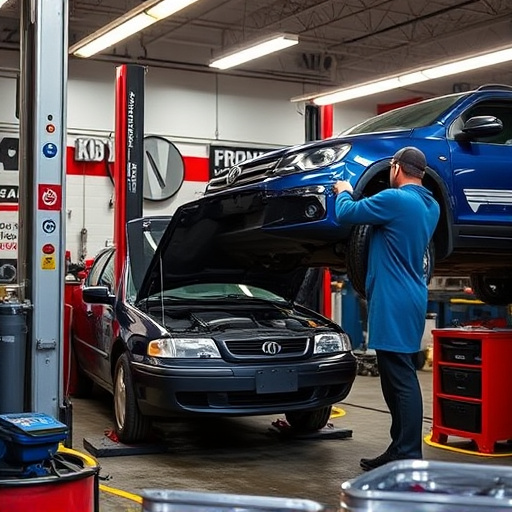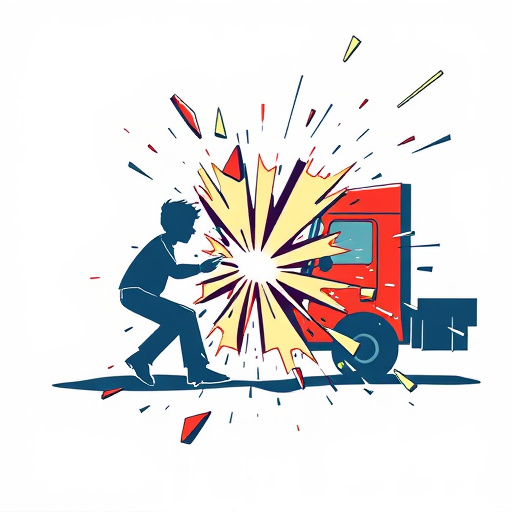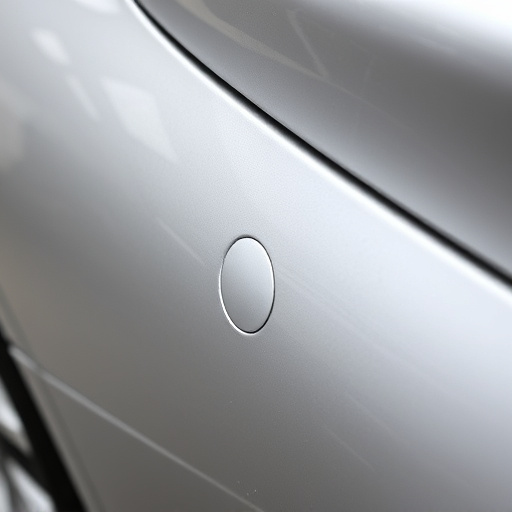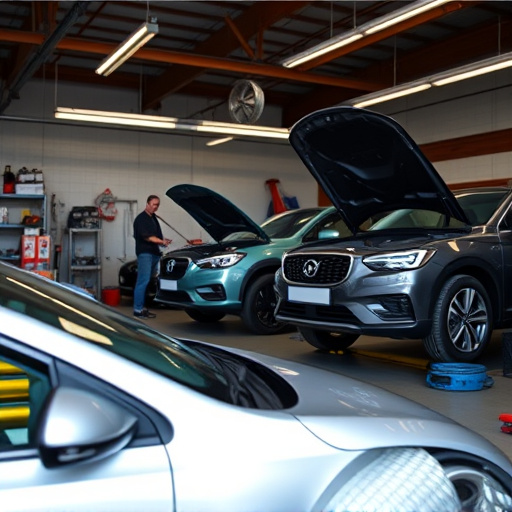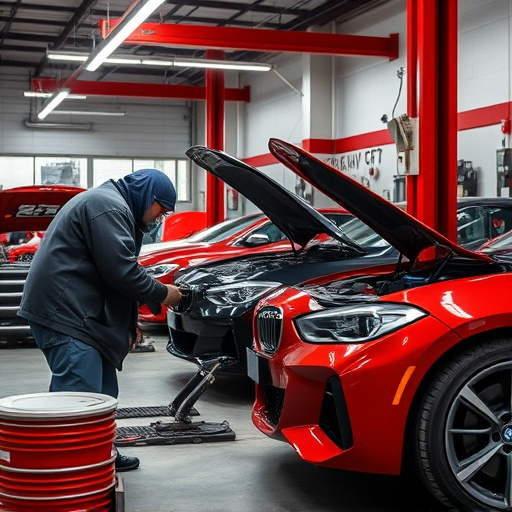Category: chassis repair service
Chassis Repair Service: An In-Depth Analysis
Introduction
Welcome to an extensive exploration of the vital yet often overlooked aspect of automotive maintenance – chassis repair services. This article aims to guide you through the intricate world of chassis repairs, highlighting its significance in both the global automotive industry and everyday vehicle ownership. By the end, readers will grasp the complex interplay between chassis health, vehicle performance, and safety, as well as the economic, technological, and regulatory factors shaping this essential service.
Understanding Chassis Repair Service: A Foundation
Definition: Chassis repair service refers to the specialized maintenance and restoration of a vehicle’s structural framework, known as the chassis. This includes components like frames, body panels, suspension systems, and steering mechanisms.
Core Components:
- Frame: The backbone of any vehicle, providing structural integrity and support for all other components. Repairs often involve welding, straightening, or replacing damaged frame sections.
- Body Panels: Includes doors, fenders, hoods, and trunks. Repairs range from panel replacement to spot welding and body alignment.
- Suspension & Steering: Critical for handling and safety, requiring precise adjustments, repairs, or replacements of shock absorbers, springs, struts, and steering components.
Historical Context: Chassis repair has evolved alongside vehicle design. Early automobiles had simpler chassis structures, making repairs relatively straightforward. Modern vehicles, with their complex safety systems, lightweight materials, and advanced electronics, present unique challenges. Today, precision and specialized tools are paramount in ensuring structural integrity without compromising modern systems.
Global Impact and Trends: A World-Wide Affair
International Influence: Chassis repair services are a global phenomenon, with varying degrees of importance depending on factors like vehicle age, climate, and local regulations. In regions with harsh weather conditions, regular chassis inspections and repairs are more common to prevent structural damage.
Regional Variations:
| Region | Trends & Factors |
|---|---|
| North America | Emphasis on collision repair, advanced diagnostics, and quick turnaround times. The US market’s focus on safety standards drives innovative chassis repairs. |
| Europe | Strict emission and safety regulations lead to precision repairs, with a growing trend towards eco-friendly materials and methods. |
| Asia Pacific | Rapidly growing markets like China see increased demand for affordable, efficient repairs, impacting labor practices and technology adoption. |
| Middle East & Africa | Focus on fleet maintenance and heavy vehicles leads to specialized chassis repair services tailored for rugged conditions. |
Economic Considerations: The Business of Repairs
Market Dynamics: The global chassis repair market is significant, with a 2022 report estimating its value at USD 154.7 billion, projected to grow at a CAGR of 6.8% from 2023-2030. This growth is driven by factors like rising vehicle ownership, aging fleets, and stringent safety regulations.
Investment Patterns: Chassis repair services attract substantial investments in:
- Facilities & Equipment: Modern repair shops employ advanced diagnostic tools, computer-aided design (CAD) software, and robotic welding systems to enhance precision and efficiency.
- Training & Skills Development: The demand for highly skilled technicians drives investment in training programs focused on staying current with technology and industry standards.
- Research & Development: Continuous research aims to develop lighter, stronger materials, and more efficient repair methods.
Economic Impact: Beyond direct revenue, chassis repairs contribute indirectly to:
- Vehicle Resale Value: Properly repaired vehicles retain higher resale values, benefiting both owners and dealers.
- Safety & Roadworthiness: Regular chassis checks ensure safer roads, reducing accidents and associated costs.
- Employment: The industry supports a significant global workforce, with job creation in repair shops, parts manufacturing, and related services.
Technological Advancements: Revolutionizing Repairs
Digital Transformation: Digital technology is reshaping chassis repairs:
- Computerized Diagnostics: Advanced scanners identify issues, providing accurate data for repairs.
- 3D Modeling & Printing: Custom parts can be designed and printed on demand, offering cost and time savings.
- Robotic Automation: Robots perform precise welding, painting, and assembly tasks, increasing efficiency and consistency.
Emerging Trends:
| Technology | Description | Impact |
|---|---|---|
| Augmented Reality (AR) | Overlays digital information onto the real world, aiding technicians in complex repairs. | Enhances accuracy, reduces errors. |
| Internet of Things (IoT) | Connects vehicles to the internet for remote monitoring and diagnostics. | Predictive maintenance, proactive repairs. |
| Artificial Intelligence (AI) | Enables machine learning algorithms to analyze repair data, predict issues, and suggest solutions. | Improved efficiency, reduced costs. |
Policy and Regulation: Governance in Action
Legal Frameworks: Chassis repairs are heavily influenced by automotive safety regulations, with variations across regions:
- US: The National Highway Traffic Safety Administration (NHTSA) sets standards for vehicle safety, including chassis integrity.
- EU: European Union regulations like ECE R107 mandate strict tests for vehicle structural integrity.
- ISO Standards: International Organization for Standardization (ISO) provides guidelines for repair procedures and quality assurance, ensuring consistency worldwide.
Licensing & Certification: Technicians often require specialized licenses or certifications to perform chassis repairs, ensuring competence and safety. These regulations also prompt industry associations to develop training programs, setting standards for skill levels.
Challenges and Criticisms: Overcoming Barriers
Main Challenges:
- Skill Shortage: The demand for skilled technicians outstrips supply, leading to backlogs and longer repair times in some regions.
- Cost of Technology: Advanced tools and technologies can be expensive, creating a barrier for smaller repair shops.
- Regulation Compliance: Keeping up with evolving regulations is challenging, requiring continuous training and investment.
Criticisms: Some critics argue that chassis repairs are often seen as a cost rather than an investment in vehicle safety and longevity. Addressing these issues requires:
- Public Awareness: Educating drivers about the importance of regular chassis checks can encourage proactive maintenance.
- Government Support: Incentives for training and technology adoption, along with licensing reforms, can address skill gaps.
- Industry Collaboration: Sharing best practices and resources among repair shops fosters innovation and cost-effectiveness.
Case Studies: Real-World Success Stories
Case Study 1: Japan’s Post-Disaster Chassis Repairs
After the 2011 Tohoku earthquake, Japan faced a unique challenge: repairing thousands of vehicles damaged by tsunami and subsequent flooding. The response showcased:
- Resilience: Japanese repair shops demonstrated remarkable adaptability, utilizing advanced robotics to accelerate repairs while ensuring quality.
- Standardization: A standardized repair process for specific damage types streamlined operations, reducing costs and turnaround times.
- Community Collaboration: Local businesses and technicians joined forces, sharing knowledge and resources to efficiently restore vehicles.
Case Study 2: Germany’s Precision Chassis Repairs
German automotive reputation extends to its chassis repair industry. Key factors include:
- Stricter Standards: German regulations demand exceptional precision, pushing repair shops to employ advanced CAD/CAM systems for accurate measurements and cuts.
- Lightweight Materials: The use of lightweight alloys and composite materials requires specialized techniques for effective repairs without compromising structural integrity.
- Continuous Training: Regular training programs ensure technicians stay updated with the latest tools and methods, maintaining Germany’s reputation for quality.
Future Prospects: Looking Ahead
Growth Areas:
- Autonomous Vehicles: As self-driving cars become more prevalent, chassis repairs may evolve to address unique challenges posed by advanced safety systems and sensor integration.
- Electric Vehicle (EV) Repairs: The rise of EVs brings new considerations for battery pack placement, high-voltage systems, and specialized materials.
- Connected Cars: Increasing connectivity requires repairs that address cybersecurity risks and ensure vehicle data integrity.
Emerging Trends:
| Trend | Potential Impact |
|---|---|
| Digital Twin Technology | Virtual models of vehicles enable predictive maintenance, reducing unexpected breakdowns. |
| 3D Printing & Additive Manufacturing | On-demand parts production could revolutionize inventory management and reduce costs. |
| Blockchain for Supply Chain Management | Transparent tracking of repair parts enhances authenticity and reduces counterfeiting. |
Strategic Considerations:
- Data Analysis: Repairs will increasingly rely on data analytics to identify patterns, optimize processes, and predict vehicle issues before they arise.
- Sustainability: The industry will focus more on eco-friendly materials, recycling, and repair methods to reduce its environmental footprint.
- Global Standardization: Harmonizing standards across regions can facilitate international trade while ensuring safety and quality.
Conclusion: A Cornerstone of Automotive Care
Chassis repair services stand as a vital pillar in the automotive industry’s foundation, ensuring vehicles remain safe, reliable, and roadworthy. From global trends to local practices, this article has explored the multifaceted world of chassis repairs. As technology advances, regulations evolve, and vehicle designs become more complex, the importance of skilled, efficient, and innovative chassis repair services will only grow.
FAQ Section: Answering Your Questions
Q: How often should I get my vehicle’s chassis checked?
A: Regular inspections are recommended at least every 12-24 months, or as advised by your vehicle manufacturer. Extreme weather conditions, frequent off-road driving, or a history of accidents may require more frequent checks.
Q: What does it mean if my shop recommends a “frame straightening” service?
A: Frame straightening is a process to correct major deformities in the chassis caused by accidents or structural damage. It involves specialized equipment and techniques to return the frame to its original alignment, ensuring safety and proper vehicle handling.
Q: Can I replace my vehicle’s chassis myself?
A: While some basic repairs are DIY-friendly, replacing a complete chassis is complex, highly technical work. It requires specialized tools, knowledge of structural engineering, and adherence to strict safety standards, making it best left to professional technicians.
Q: How can I find a reputable chassis repair shop?
A: Look for shops with certifications, positive customer reviews, and modern equipment. Ask for references, check their warranty policies, and ensure they stay current with industry standards and technological advancements.
Chassis Repair Service: Protect Warranty, Choose Wisely

Chassis repair services are essential for maintaining vehicle warranty coverage and structural integ…….
Chassis Repair Service: Restoring Stability After Accidents

Minimizing structural damage from accidents is vital for vehicle safety and performance. A chassis r…….
Chassis Repair Service: Inspection, Realignment for Accurate Alignment

A chassis repair service involves a thorough inspection, advanced tool use, and precise realignment…….
Chassis Repair Service: Inspection, Alignment, Safety Enhancement
Expert Chassis Repair: Restore Safety and Performance After Collisions
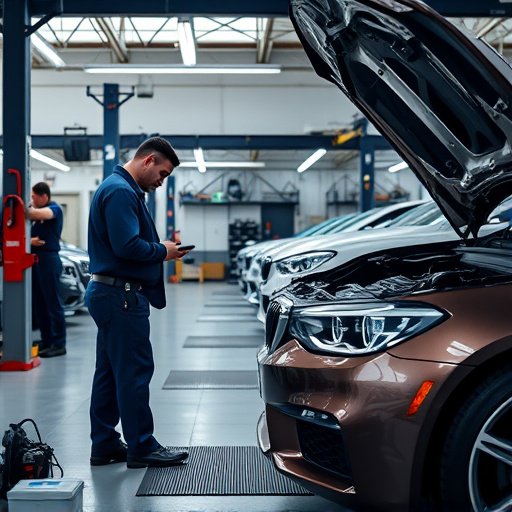
After a major collision, a chassis repair service is crucial for restoring vehicle safety and perfor…….
Certified Chassis Repair Service: Navigating Insurance Claims Effortlessly
Chassis Repair Service: Restoring Structural Stability After Accidents
Delaying Chassis Repair Service: A Safety Hazard Unveiled
Chassis Repair Service: Preventing Uneven Tire Wear Issues

The chassis, critical for tire health and vehicle performance, requires regular chassis repair servi…….
